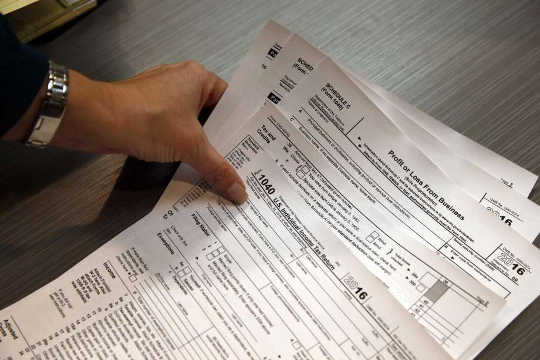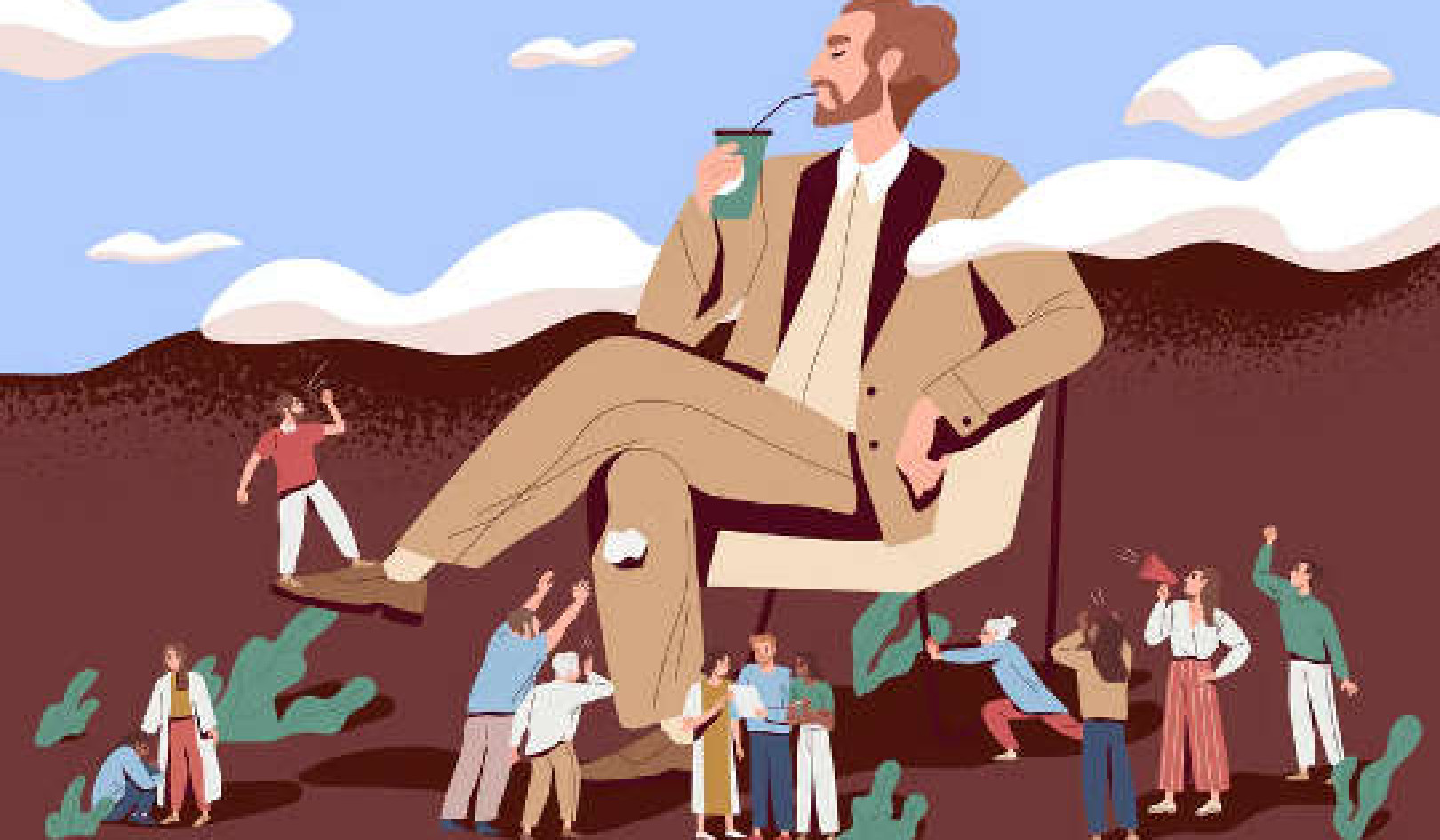
Tax day is here once more, and tens of millions of Americans will rush to file their income taxes by this year’s deadline of April 18 (rather than April 15 for a variety of reasons). ![]()
Although most of us probably identify the federal income tax with the revenue that ultimately fills the goverment’s coffers and allows it to spend our hard-earned cash, it actually makes up less than half of all revenue. What makes up the rest, and how those figures have changed in recent decades, is actually quite surprising.
The official statistics show that in the 1940s and 1950s, corporations picked up a major share of supporting the federal government. Today, it is taxes on workers that increasingly fund the military, entitlement programs, health care and other spending.
So as you prepare your taxes – at the same time that Congress and the Trump administration are gearing up to reform the tax code – here’s a brief primer on how what you put on line 63 of your 1040 becomes a part of U.S. government revenue.
The income tax: Steady as she goes
Since World War II the federal government’s revenue has come from four main sources.
The first place is individual income taxes. The U.S. has continuously had a personal income tax since 1913, when the 16th Amendment was ratified by two-thirds of the states. Prior to that, an individual income tax was deemed unconstitutional and most government revenue came from customs duties.
The income tax takes not only a portion of wages but also money earned from interest, dividends, capital gains and other sources. In 1945, the personal income tax provided a bit over 40 percent of all federal government revenue. In 2015, the latest available figures, personal income taxes provided 47 percent of revenue. This is a relatively small rise compared to the dramatic changes in the other three categories.
The wealthiest Americans pay most of this tax, with individuals with adjusted incomes of US$250,000 or more (2.7 percent of filers in 2014) covering 51.6 percent of the tab. Those with incomes of less than $50,000 (62.3 percent of filers) paid 5.7 percent of federal income taxes that year.
Companies bearing less of the burden
The second category is corporate income taxes, which may be changed drastically in coming months if some Republicans have their way.
These taxes take a portion of businesses’ profits. Many corporate leaders complain bitterly about the taxes they pay, pointing to the fact that the statutory rate is the third-highest in the world at 39 percent.
Nevertheless, many corporations have become quite skilled at avoiding taxes, meaning the effective rate they actually pay is considerably less, or an average of 19 percent in 2012. As a result, overall businesses’ funding of the federal government has fallen dramatically since 1945. Back then, corporations provided over one-third of all federal revenue. In 2015, the figure was a bit over 10 percent, a three-fold reduction.
I’ll leave it to the reader to determine what to make of this fact as Congress considers lowering how much companies are taxed in coming years.
Taxing workers
The third category is social insurance taxes. These are the taxes that pay for Social Security and Medicare.
They are what some people see listed on paystubs as FICA, which stands for Federal Insurance Contributions Act taxes. They are also called payroll taxes because they affect only people who are working, or on payrolls. In addition, since the Social Security tax affects only the first $127,200 in income, middle- and lower-income Americans pay a larger share of this.
So even among people who earn so little income that they owe no federal income taxes, most still had to pay payroll taxes, as well as other levies. In fact, the vast majority of American families pay more in FICA than in federal income taxes. For example, the 17 million families in the fifth quintile of incomes are estimated to pay a total of $80 billion in payroll taxes in the current fiscal year but only $21 billion in federal income taxes.
In 1945, the government got less than 10 percent of its revenue from these sources. The amount and the underlying tax rates have risen dramatically over time. Today one-third of the U.S. government’s revenue comes from FICA, a four-fold growth. During the Great Recession, social insurance taxes reached a peak of 42 percent of all federal revenues.
In general, these taxes are earmarked to pay for the entitlements. And part of the growth has happened because of the addition of Medicare in the mid-1960s. Another reason is that people in the U.S. are living longer today than in the 1940s. This means the social security system has to support retirees for longer periods of time.
Sinking excise taxes
Finally, we come to excise and other taxes.
Excise revenues are money from taxing things like gasoline, alcohol, tobacco and telephone calls. Other taxes are revenue from sources like customs duties and inheritance taxes.
In the mid-1940s the government got about 16 percent of all revenue from this last group. Since then the figure has fallen and is now below 10 percent. Total revenue from this last category has increased steadily over time. Its share, however, has fallen primarily because income from the other sources has grown much faster.
Why this matters
Understanding these changes in the source of government revenue is important. And it’s quite surprising since most people focus their ire on the burden of income taxes each year.
Meanwhile Social Security and Medicare taxes are buried in paycheck stubs and rarely talked about. This leads many people to overlook these stealth deductions to their pay.
Taxes discourage an activity by either raising the cost of doing it or lowering the rewards.
Over time, the U.S. government’s tax policy has been shifting the burden of who pays to run the country from corporations to workers. This benefits businesses and people who own shares in companies since they receive a larger share of profits. However, this discourages working. The rising importance of payroll taxes reduces the incentive for people to work more hours since the rewards are less. And it even causes many people to retire early.
This shift is troubling, and contrasts with a common refrain from Washington that hard work matters. To quote President Barack Obama’s introduction to his 2013 budget:
“America was built on the idea that anyone who is willing to work hard and play by the rules can make it if they try – no matter where they started out.”
It is a shame that this rhetoric does not match the federal government actions over time. Instead, the steady shift toward payroll taxes means politicians are increasingly penalizing the very foundation on which the U.S. was built.
About The Author
Jay L. Zagorsky, Economist and Research Scientist, The Ohio State University
This article was originally published on The Conversation. Read the original article.
Related Books
at InnerSelf Market and Amazon




























